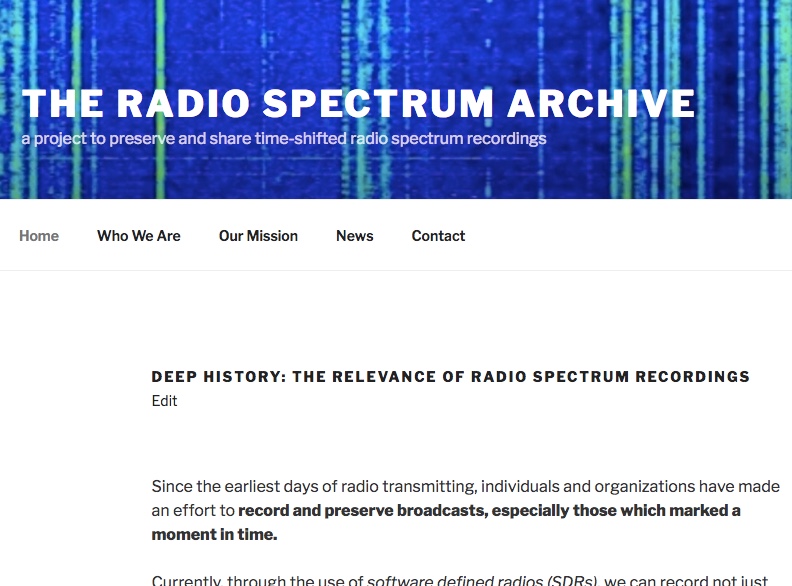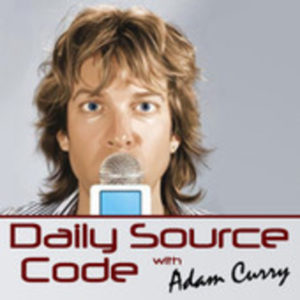Many thanks to SWLing Post contributor, David Goren, who wites:
Wave Farm is airing/streaming a rebroadcast of a live performance from the Radio Preservation Task Force…which was really great…Anna Friz and Jeff Kolar performing on radios and other devices using clips from Rick Prelinger’s archive of what he calls “useful radio” aka utility radio. He gave the keynote at the RPTF and the next day Anna and Jeff performed this response and RP spoke again afterwards.
https://wavefarm.org/radio/wgxc/schedule/hsed8h
WGXC 90.7-FM: Radio for Open Ears
90.7-FM in NY’s Upper Hudson Valley and wgxc.org/listen everywhere
http://www.wgxc.org/
Standing Wave Radio
wavefarm.org/listen and 1620-AM at Wave Farm
https://audio.wavefarm.org/transmissionarts.mp3
Produced by Wave Farm Radio Artist Fellows and Artistic Director Tom Roe.
Welcome to “The Radio Art Hour,” a show where art is not just on the radio, but is the radio. “The Radio Art Hour” draws from the Wave Farm Broadcast Radio Art Archive, an online resource that aims to identify, coalesce, and celebrate historical and contemporary international radio artworks made by artists around the world, created specifically for terrestrial AM/FM broadcast, whether it be via commercial, public, community, or independent transmission. Come on a journey with us as radio artists explore broadcast radio space through poetic resuscitations and playful celebrations/subversions of the complex relationship between senders and receivers in this hour of radio about radio as an art form. “The Radio Art Hour” features introductions from Philip Grant and Tom Roe, and from Wave Farm Radio Art Fellows Karen Werner, Jess Speer, Andy Stuhll, José Alejandro Rivera, Tyler Maxin, and Iru Ekpunobi. The Conet Project‘s recordings of numbers radio stations serve as interstitial sounds. Go to wavefarm.org for more information about “The Radio Art Hour” and Wave Farm’s Radio Art Archive.
In addition, here’s Jef Kolar’s tweet announcing the show:
Special live broadcast of Anna Friz and me performing at @smithsonian @librarycongress @RadioTaskForce will broadcast on @free103point9 @WGXC this Saturday June 17 at 3-4PM EST.
Also will include our Q&A with Rick Prelinger @footage!
Tune In: https://t.co/gQQ10xwzQD pic.twitter.com/4laMGt87PR
— Jeff Kolar (@jeffkolar) June 13, 2023

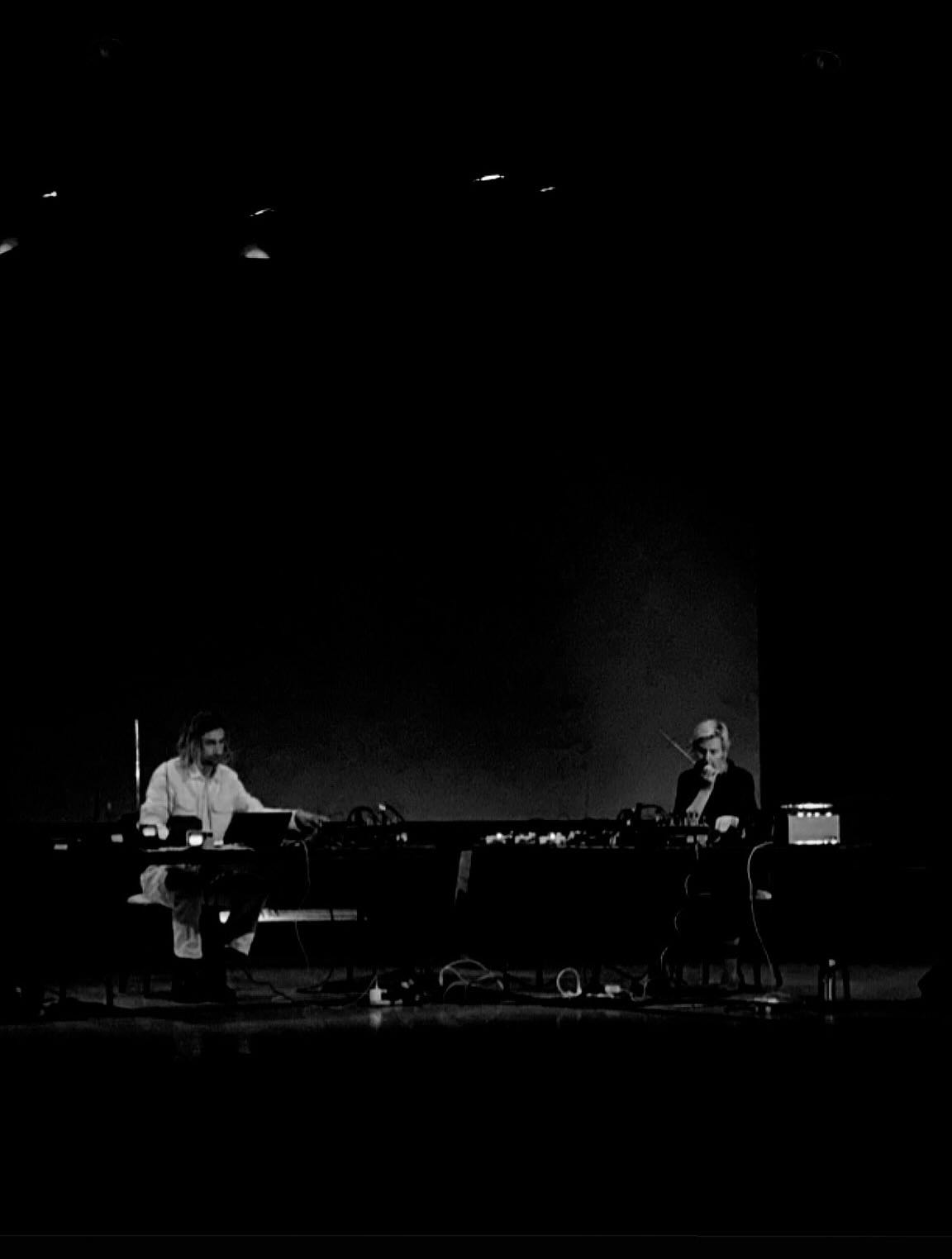

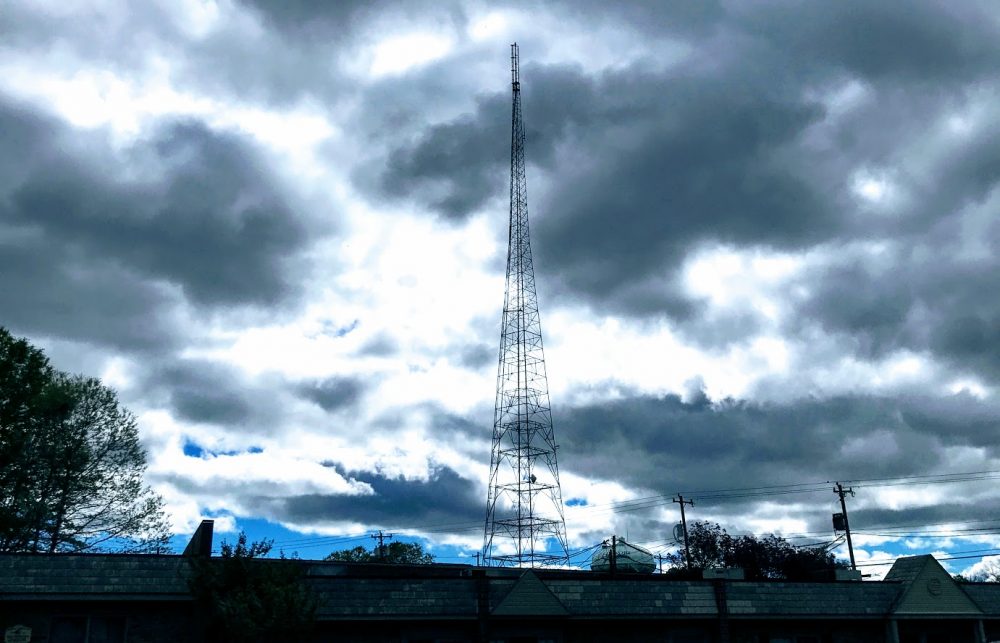
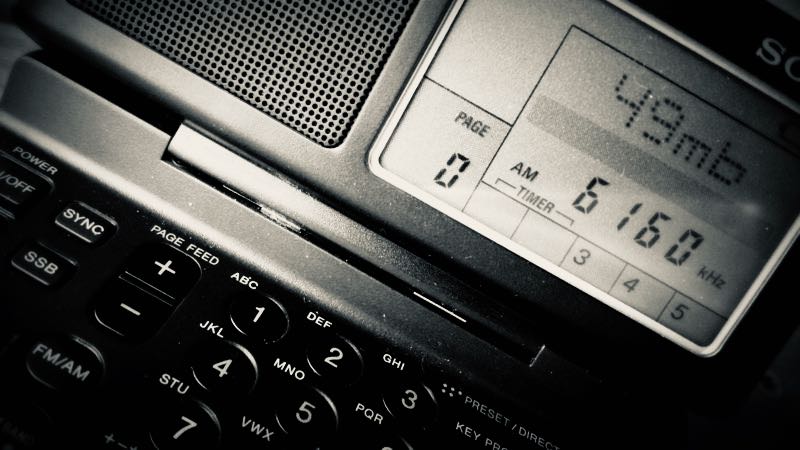

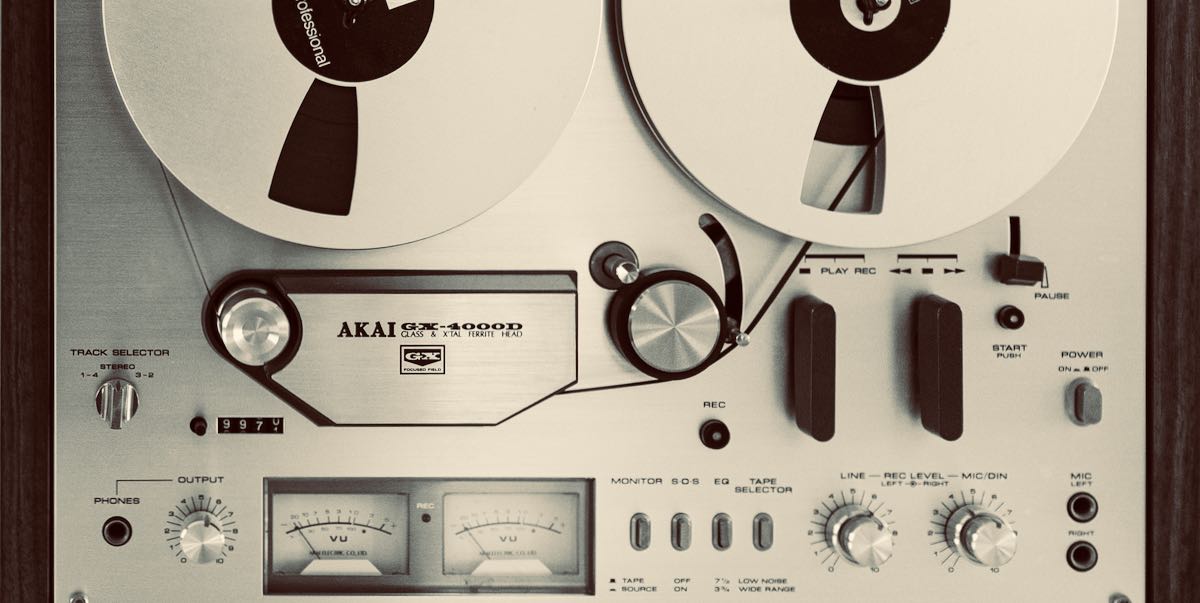

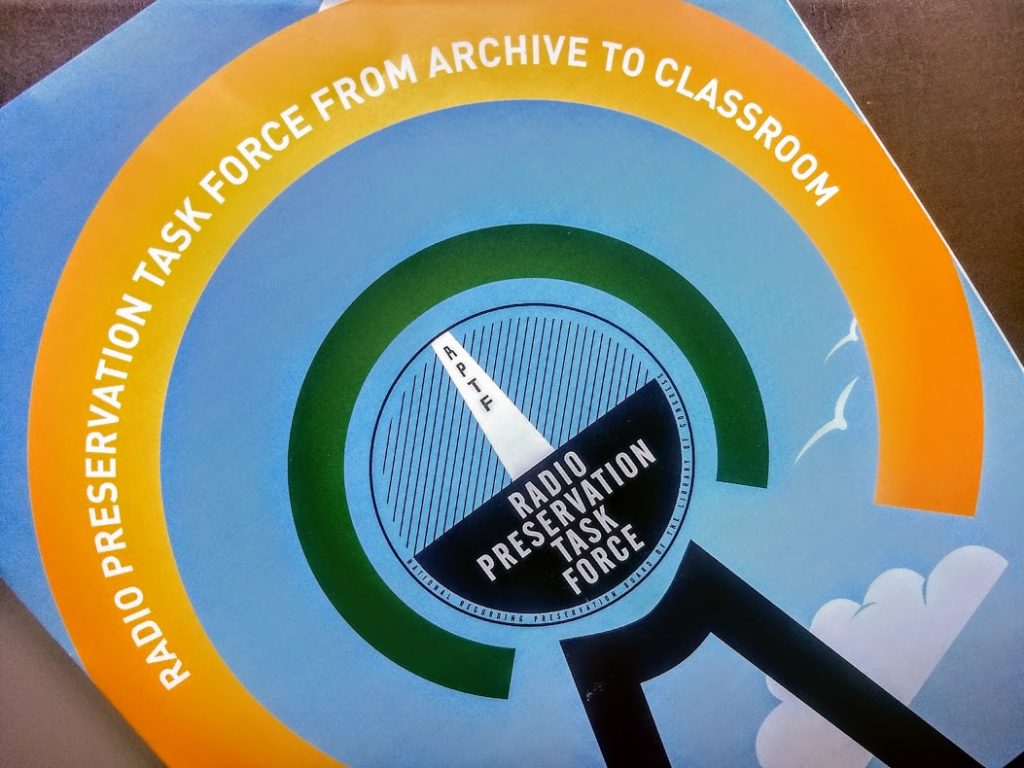
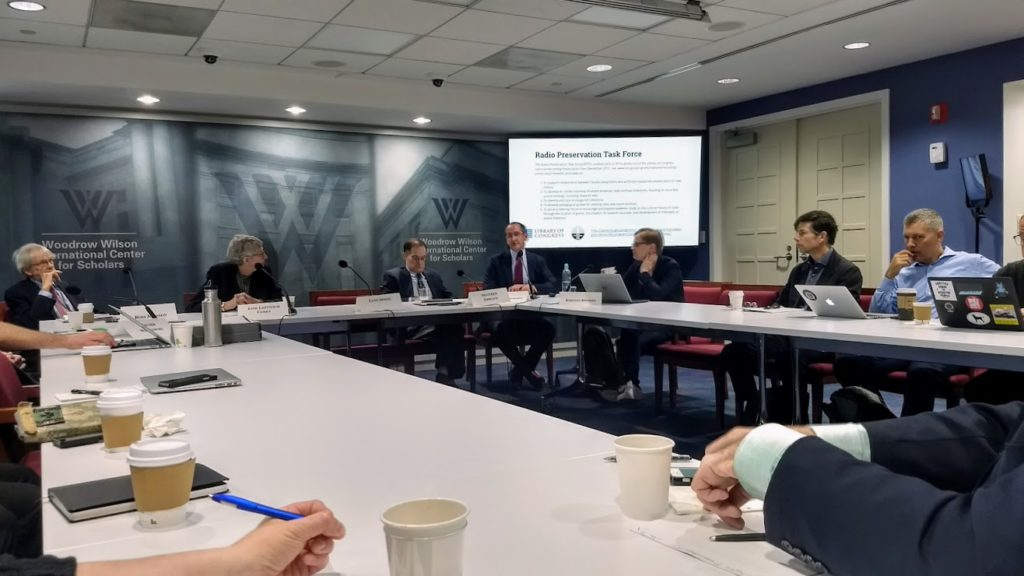
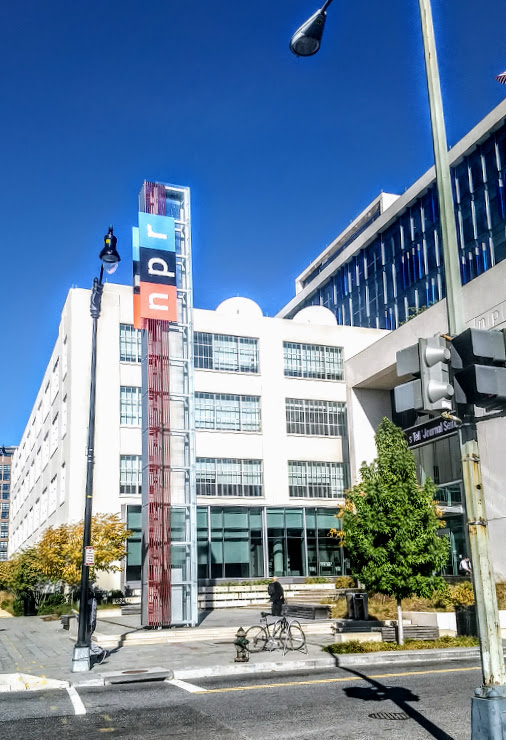
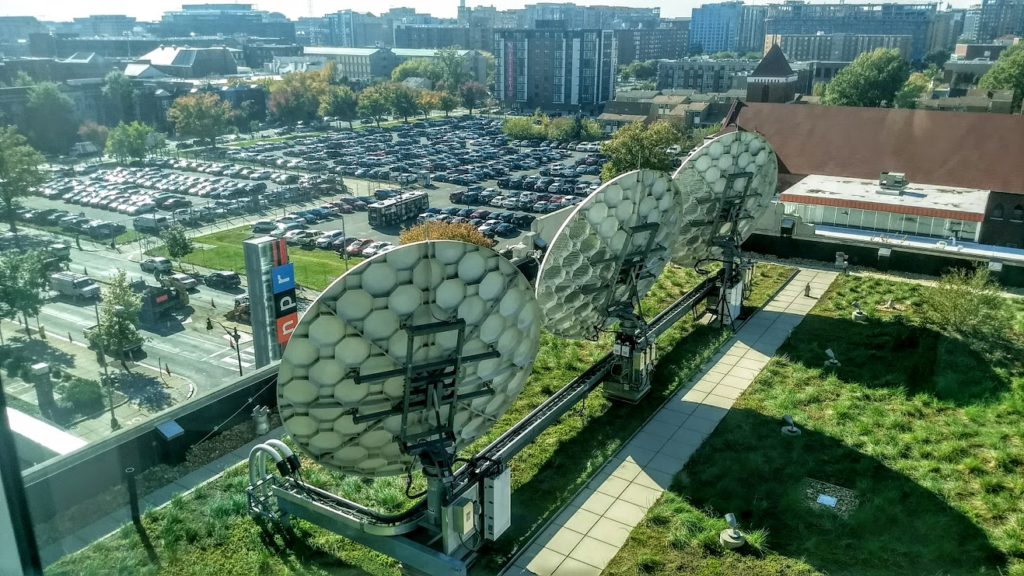
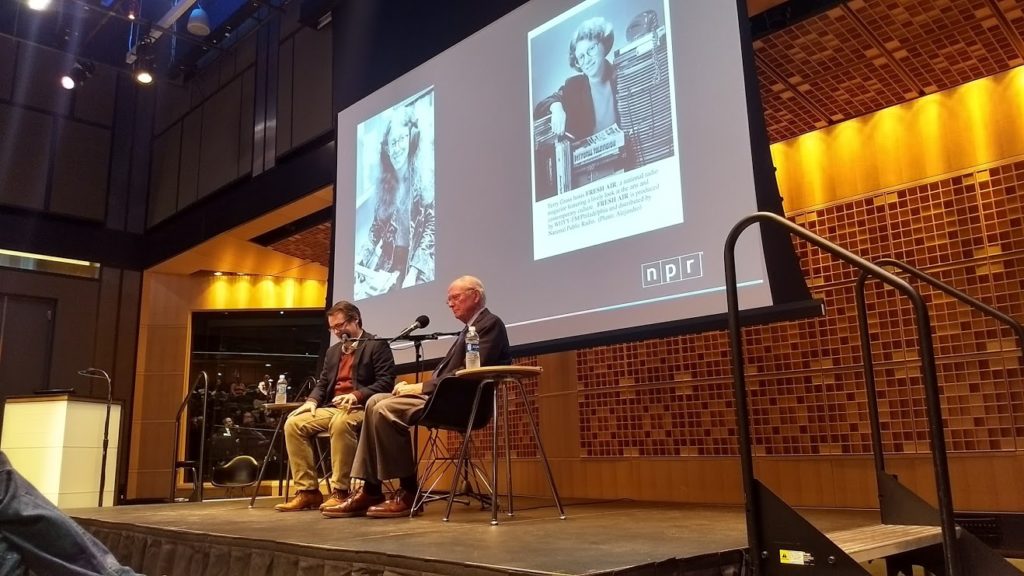
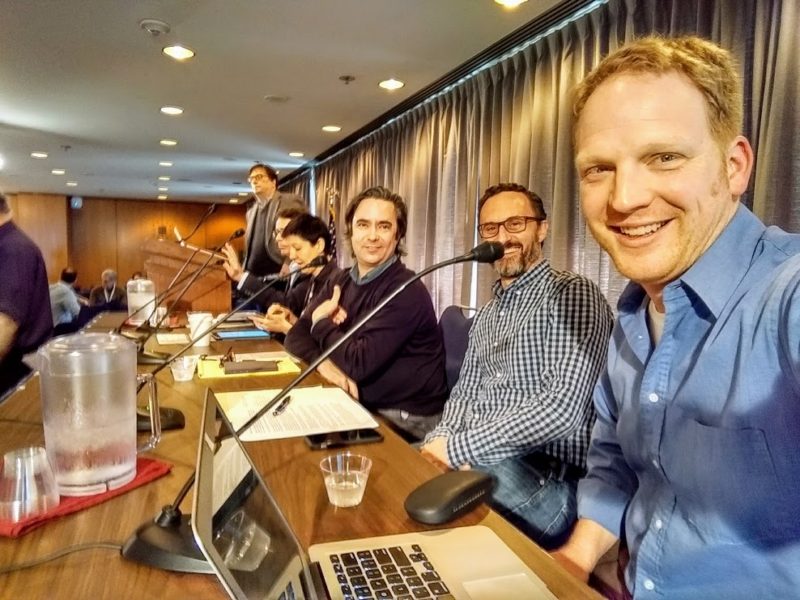
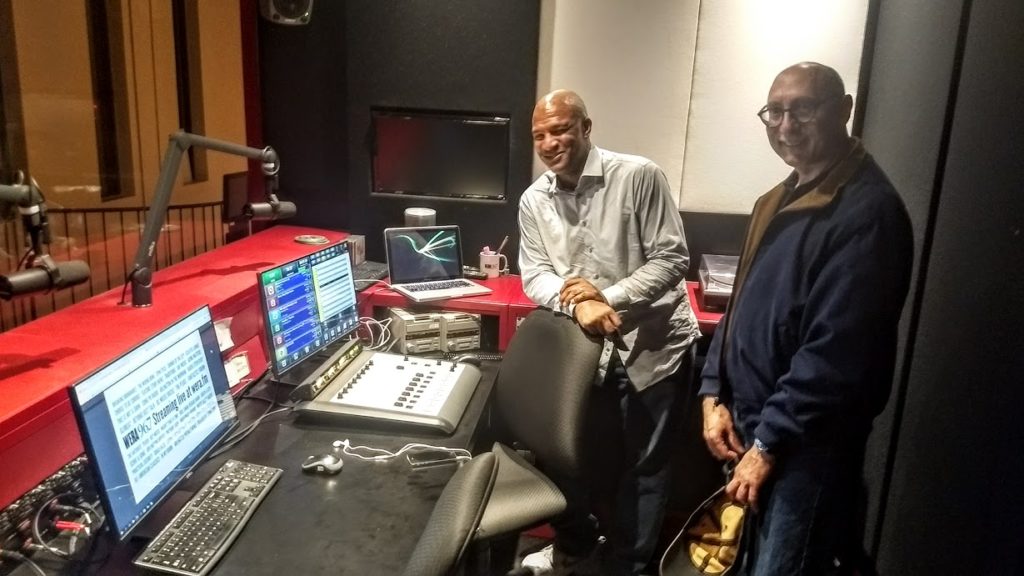
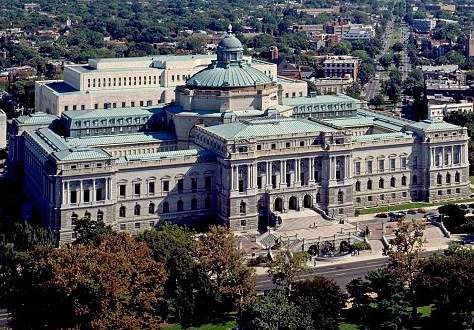
 The
The 